Today we have a quick review of the Supermicro AOC-A25G-i2SM. This is a Supermicro AIOM (OCP NIC 3.0) that utilizes the Intel E810-XXVAM2 25GbE NIC chip. Since we have a few, we thought we would do a mini-review.
Supermicro AOC-A25G-i2SM Overview
While the Supermicro AOC-A25G-i2SM model name may not be easy to say, it tells us everything we need to know. Using our decoder ring:
- AOC is the family.
- A25G means we have an AIOM (Supermicro’s OCP NIC 3.0) at 25GbE speeds.
- The “i” means Intel.
- We have “2” ports.
- The “S” tells us we have a SFP28 port; and
- The final “M” is that we have a bracket for the rear installation.
Here is the card’s two ports for example.
The card itself is an OCP NIC 3.0 with pull tab form factor. That is our preferred OCP NIC format because it allows easy service without having to open a chassis and disturb risers. You can learn more about OCP NIC 3.0 form factors in our handy guide.
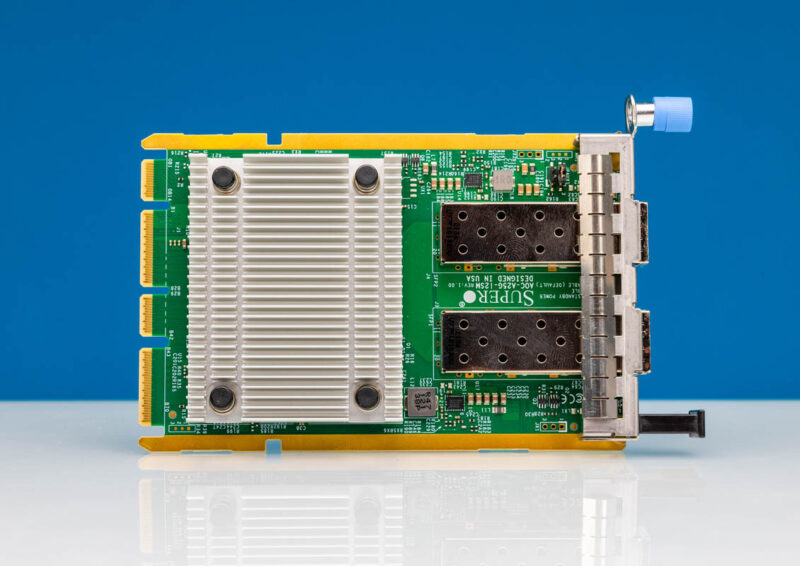
Here is the OCP NIC 3.0 connector and a good view of the card’s heatsink:
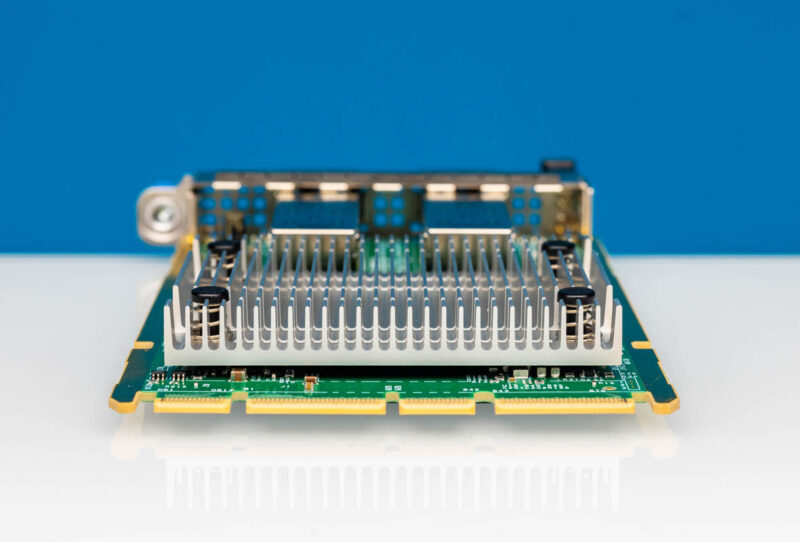
Here is the pull tab faceplate with two SFP28 ports so this can run dual 25GbE or 10GbE:
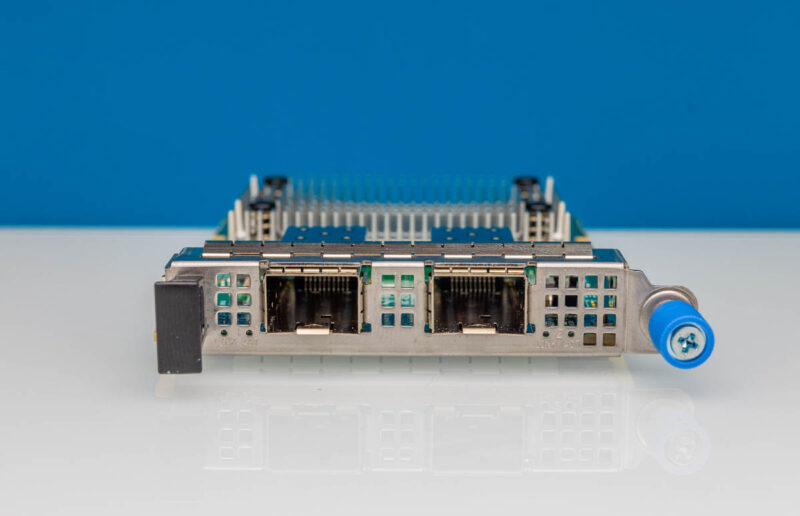
Since this is based on Intel’s 800 series network controller IP, we have a number of new features. Those include PCIe Gen4 support, iWARP and RoCE v2, VXLAN, NVGRE, and Geneve. There is also support for Intel’s workload profile stack with things like AVF, ADQ, and DDP. A feature that is different between this and some of the other OCP NICs on the market is that this is designed to have the NC-SI link to the rest of a Supermicro system.
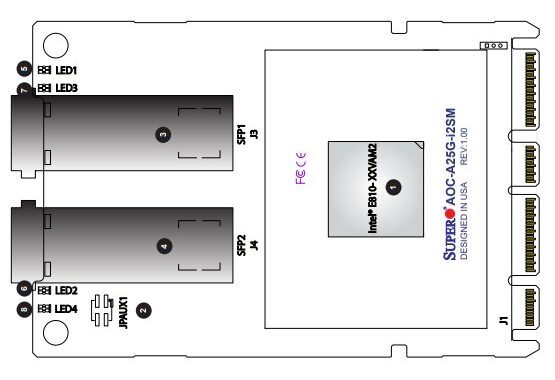
Since this is an Intel E800 series card, it uses the Intel ice driver stack which is built into most operating systems at this point.
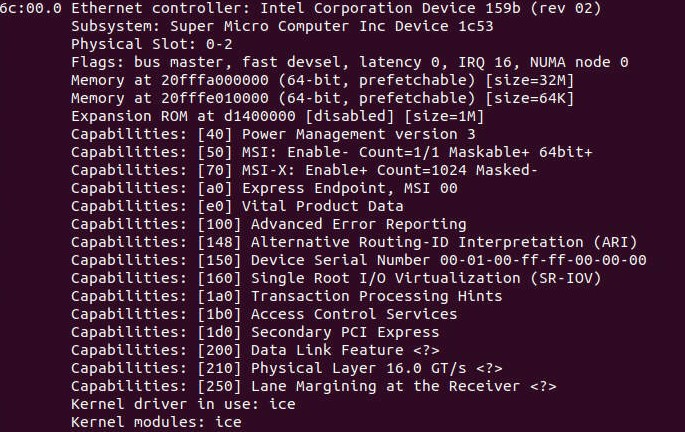
Here is a quick lshw:
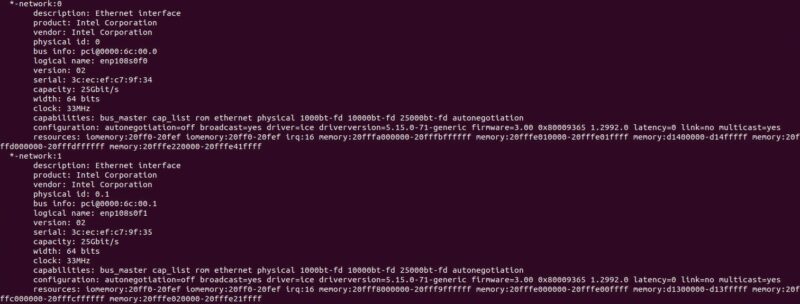
And ethtool view:
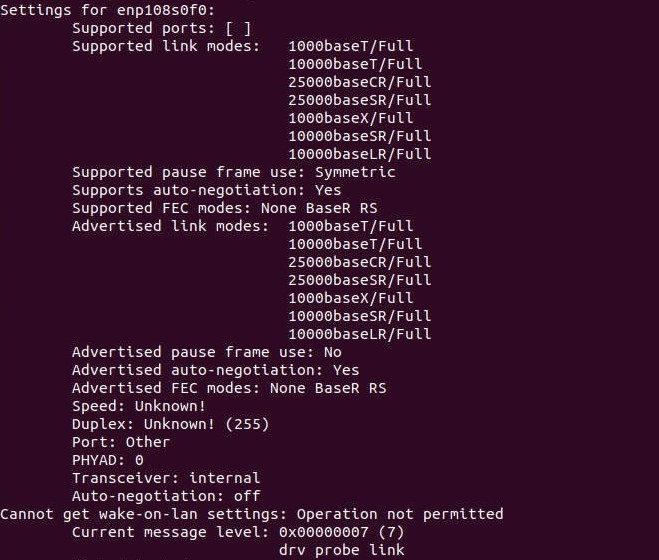
Just for completeness, here is the back of the card:
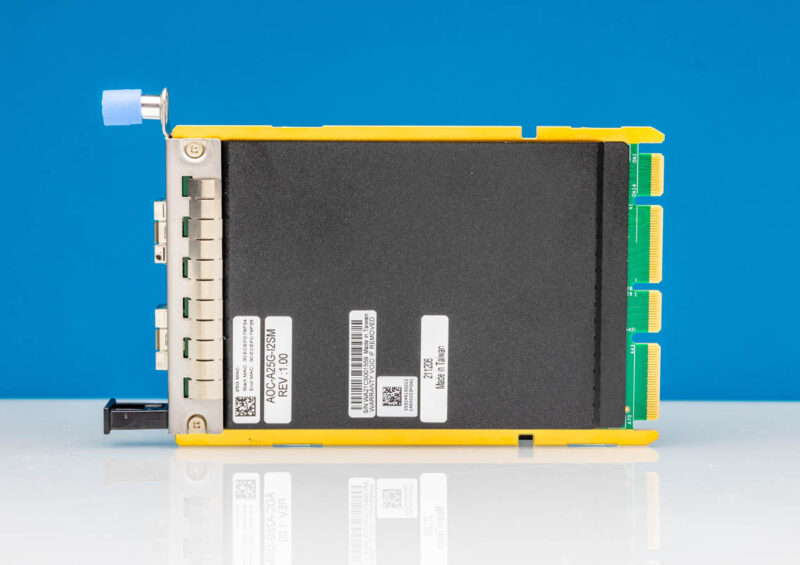
The physical attributes are only a part of the story with this NIC. Mentioned earlier in this article is that the new Intel Ethernet 800 series is what Intel considers part of its foundational NIC series which means it is a successor to the Intel Ethernet 500 series and Ethernet 700 series.
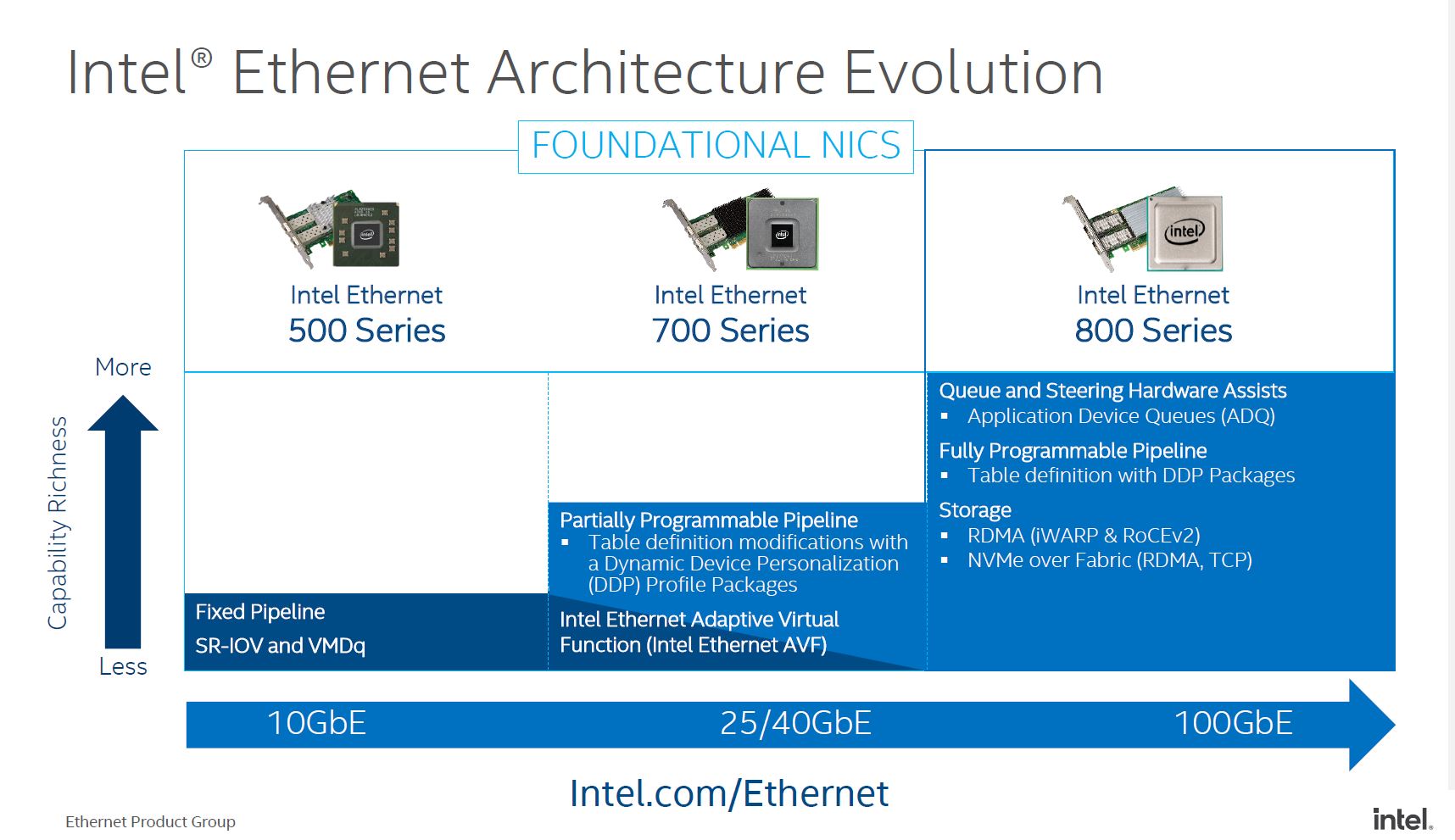
As you can see here, Intel is showing a higher-level feature set than it did in previous generations. While we are not going to call this a SmartNIC or DPU, Intel is adding more functionality to the device. Some may see this as Intel trying to move up the stack, however, this is more of a necessity in order to operate in the 100GbE performance realm.
Next, we are going to discuss some of these key features and why they are needed.

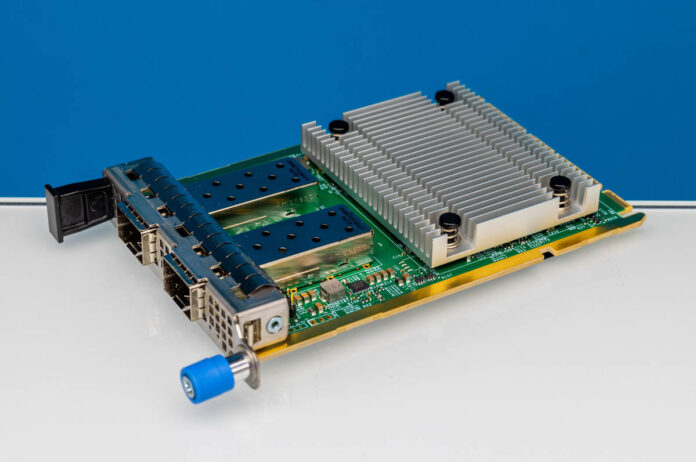



This article reads like an Intel advertisement. You haven’t tested the impact of any of those custom technologies, but instead used PR slides without any verification.
NVMEoF is brilliant even at 40Gb/s on QDR IB. Highly underappreciated tech.